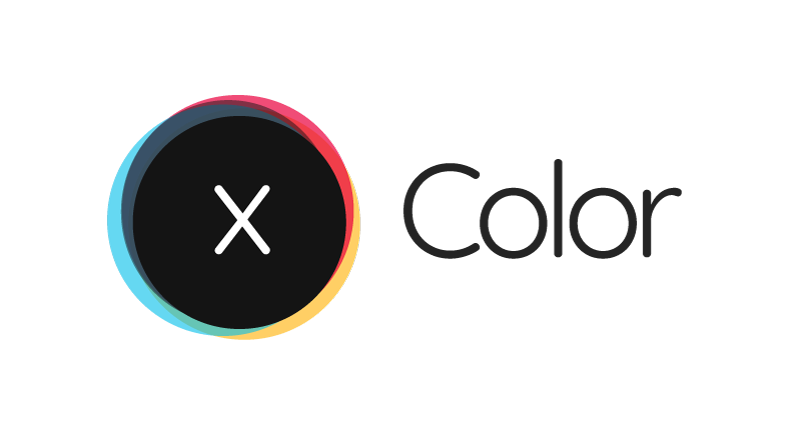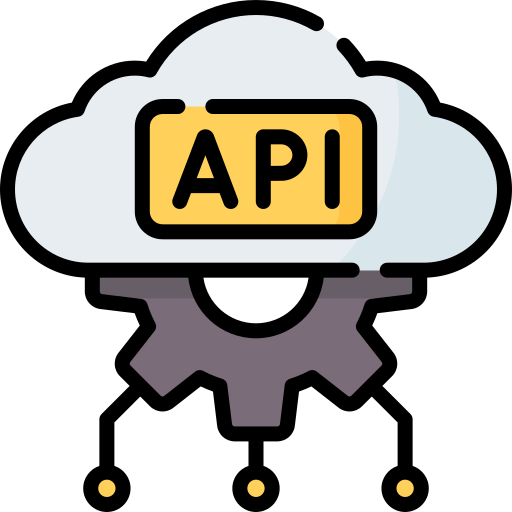In the vibrant world of design, color serves as a powerful tool for conveying emotion, evoking mood, and capturing attention. Whether it’s crafting captivating visuals, designing striking user interfaces, or creating memorable branding materials, the choice of colors can make a significant impact on the overall aesthetic appeal and effectiveness of a design. Amidst this creative landscape, the xColors API emerges as a valuable resource, offering a plethora of features and functionalities to aid designers, developers, and enthusiasts in their quest for color inspiration and exploration. In this article, we’ll take a deep dive into the world of colors and explore the capabilities of the xColors API, uncovering its rich palette of features and potential applications.
Understanding the xColors API:
The xColors API is a comprehensive color-related service that provides developers with access to a vast array of functionalities, ranging from color generation and conversion to palette analysis and trend forecasting. Designed with simplicity and versatility in mind, the xColors API aims to streamline the process of working with colors, enabling users to unleash their creativity and express their vision with confidence.
Key Features and Functionality:
- Color Generation: One of the primary features of the xColors API is its ability to generate color palettes based on various parameters such as hue, saturation, brightness, and contrast. Users can specify their preferences or let the API generate random color schemes, providing endless possibilities for experimentation and exploration.
- Color Conversion: The xColors API supports conversion between different color models, including RGB (Red, Green, Blue), HSL (Hue, Saturation, Lightness), HEX (Hexadecimal), and CMYK (Cyan, Magenta, Yellow, Key). This functionality enables users to seamlessly transition between color spaces and ensure compatibility across different platforms and devices.
- Palette Analysis: With the xColors API, users can analyze color palettes to extract valuable insights such as dominant colors, complementary colors, and color harmonies. This feature is particularly useful for designers seeking to create visually appealing compositions and balance color relationships effectively.
- Trend Forecasting: Leveraging data analytics and machine learning algorithms, the xColors API offers trend forecasting capabilities, allowing users to discover emerging color trends, patterns, and preferences. By staying ahead of the curve, designers can anticipate consumer tastes and adapt their designs accordingly, ensuring relevance and resonance in the marketplace.
- Integration and Customization: The xColors API is designed for seamless integration with existing workflows and applications, supporting a wide range of programming languages and platforms. With clear documentation and flexible APIs, developers can easily incorporate color-related functionalities into their projects with minimal effort.
Potential Applications:
The versatility of the xColors API opens up a multitude of applications across diverse domains:
- Graphic Design: Designers can use the xColors API to generate color palettes, explore color harmonies, and experiment with different color combinations, enhancing the visual impact and effectiveness of their designs.
- Web Development: Web developers can leverage the xColors API to ensure accessibility and usability by analyzing color contrast, generating accessible color schemes, and optimizing color choices for text readability and user interface elements.
- Digital Marketing: Marketers can utilize the xColors API to identify trending colors and consumer preferences, informing branding decisions, campaign strategies, and content creation efforts to maximize engagement and conversion.
- Fashion Design: Fashion designers and stylists can draw inspiration from the xColors API’s trend forecasting capabilities to stay abreast of evolving fashion trends, color palettes, and seasonal variations, guiding their design choices and collections.
- Interior Design: Interior decorators and architects can utilize the xColors API to curate harmonious color schemes for residential and commercial spaces, creating immersive environments that evoke desired emotions and enhance occupant experiences.
Conclusion:
In conclusion, the xColors API represents a valuable asset for anyone working with colors, from designers and developers to marketers and trend analysts. With its diverse range of features and functionalities, the xColors API empowers users to explore, create, and innovate with colors, unleashing their creative potential and bringing their visions to life with flair and finesse. By harnessing the power of color inspiration and exploration, users can elevate their designs, captivate their audiences, and make a lasting impression in an ever-evolving world of creativity and expression.


